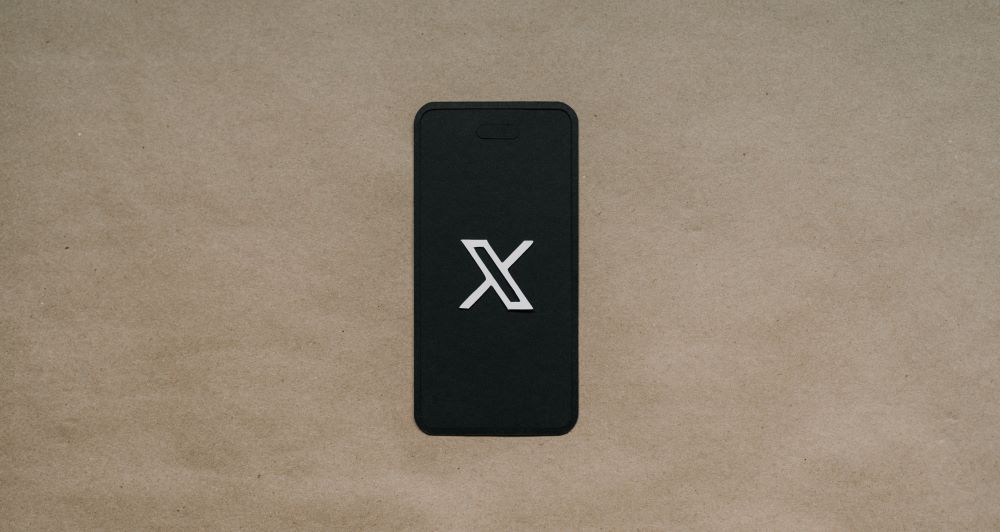 The premium nature of TV has long made the channel a valued investment for brands, but as the connected TV ecosystem grows and fragments, the challenges of measuring that return on investment can make it hard to prove the effectiveness of TV advertising. Last month, a Thinkbox study suggested that TV accounts for over half of advertising’s total ROI, and yet the channel remains disproportionately underinvested.
The premium nature of TV has long made the channel a valued investment for brands, but as the connected TV ecosystem grows and fragments, the challenges of measuring that return on investment can make it hard to prove the effectiveness of TV advertising. Last month, a Thinkbox study suggested that TV accounts for over half of advertising’s total ROI, and yet the channel remains disproportionately underinvested.
Measuring the effects of advertising on brand perception can therefore help drive further investment – and Brand Metrics, a company specialising in measuring brand uplift in digital advertising, is moving its methodology into connected TV. Founded in Sweden in 2018, the company works with publishers to track the impact of their ad campaigns – from upper-funnel brand awareness, to mid-funnel brand consideration, and lower-funnel purchase intent.
Anders Lithner, Co-Founder & CEO at Brand Metrics, argues that without providing those metrics to advertisers, CTV publishers could be leaving money on the table. “It’s a very common requirement from agencies and advertisers to get brand lift feedback on their investments,” notes Lithner. “So there are publishers leaving money on the table without it, because they don’t have an answer to this.”
He adds that even those that can provide this outcome data to advertisers may not be able to do so with much consistency, especially if they are switching between different vendors for every brand uplift study. “That just becomes a cost each time they do it,” comments Lithner. “There’s also no accumulative learning because they shift the methodology, it’s not comparable to anything else, there’s no benchmarks. So I think publishers also need to go looking for a solution which has the scale that can turn brand lift into a metric that’s always there.”
To that end, Brand Metrics integrates with publisher tech stacks to constantly measure across their full range of ads. The company collects data about the degree of exposure that a consumer has had to a campaign, and then asks them a survey question in the same environment as the campaign, in order to gauge their brand awareness, consideration preference, and intent.
The business says this consistent, single-question methodology makes every measurement comparable – which becomes particularly relevant in CTV, where metrics vary across the vast number of publishers. But that same fragmentation poses technical challenges for ad tech firms moving from digital publishing into CTV.
“Our CTV technology is trying to do exactly the same thing as we’ve always been doing, which is connect exposure data to answers to surveys,” explains Lithner. “But the way we integrate this varies a lot, simply because the CTV space is still very fragmented. There are a lot of different technologies and programme languages and platforms. So we have to adapt to that, and it’s fairly new to us, so we’re building out technology to be applicable across more of the ecosystem.”
Attention please
Despite those differences, the results the company has observed from digital publishing can also be applied in this new CTV environment, which could potentially help CTV publishers avoid some of the pitfalls of digital. Lithner observes for example that lower ad loads tend to yield higher brand uplift – and while the targeting capabilities and the credibility of the publisher all play a role in the effectiveness of advertising, the ad load is a “big factor” in and of itself.
“Typically what you would be looking for as an advertiser is people that spend time on places,” says Lithner. “A reader of a newspaper, they read slowly, because it takes time to read a newspaper, which means you get time with these people. And you don’t want to share that time with a million others in a clutter. So we can easily see that if there’s a strong creative, in an environment where people are spending time, that’s a lot more effective than any MFA where people come in and out and where you have to compete with a lot of ad load.”
It follows that heavy ad loads tend to be detrimental to attention, with users unable to pay attention to each ad when there are many on the screen at once. And publishers are adopting attention metrics to evaluate campaign performance, for example the New York Times’ recent partnership with attention measurement firm Adelaide. Lithner believes that correlation between attention and brand uplift is “almost perfect”, but notes that it may be too early to prove complete correlation.
“I think about advertising as kind of a chain reaction that starts with exposing ads to people, then people need to look at that ad, then if they do, something might happen in their minds – which is what we measure – and then they form a new intention to do something,” he explains. “If there is no attention, that can be no brand lift. If there’s a lot of attention, there’s a better chance of having brand lift. But it’s not the exactly the same, you can still be giving attention to things that you don’t like, we do that as humans.”
Attention is often divided into passive and active attention, denoting the difference between merely watching something and actively engaging with it. And the interactive formats available on CTV can drive that active attention, prompting users to interact with ads using their TV remotes. There is a risk then that CTV follows digital advertising in becoming performance-focused, measuring immediate actions instead of the brand-building that makes TV so highly valued.
But Lithner argues this risk is small, because as linear TV viewing and spending declines, advertisers will reallocate those budgets to pursue that TV-like effect. “All of that money that used to be spent on TV is looking for places where they can do the same thing,” he says. “And I think what all of that money is looking for is to create brand uplift. So yes, performance is going to happen, we are going to have interactive ads with the remote control and stuff like that. But I think it’s going to resemble TV advertising more than online display advertising.”




